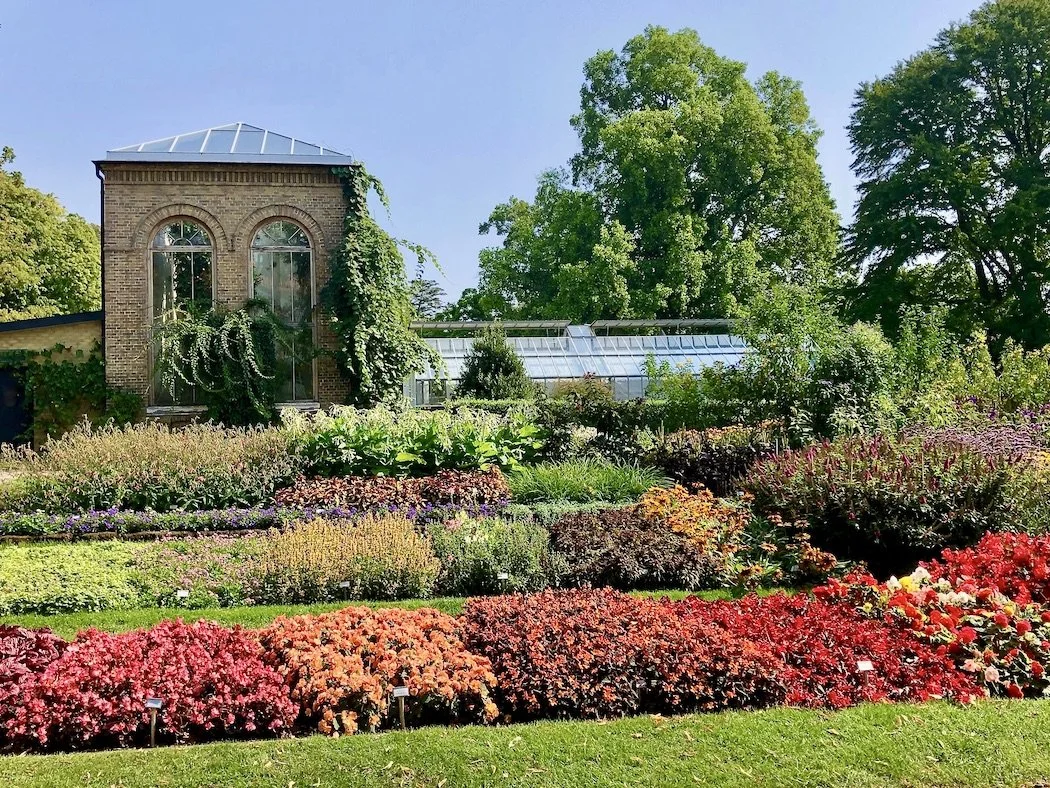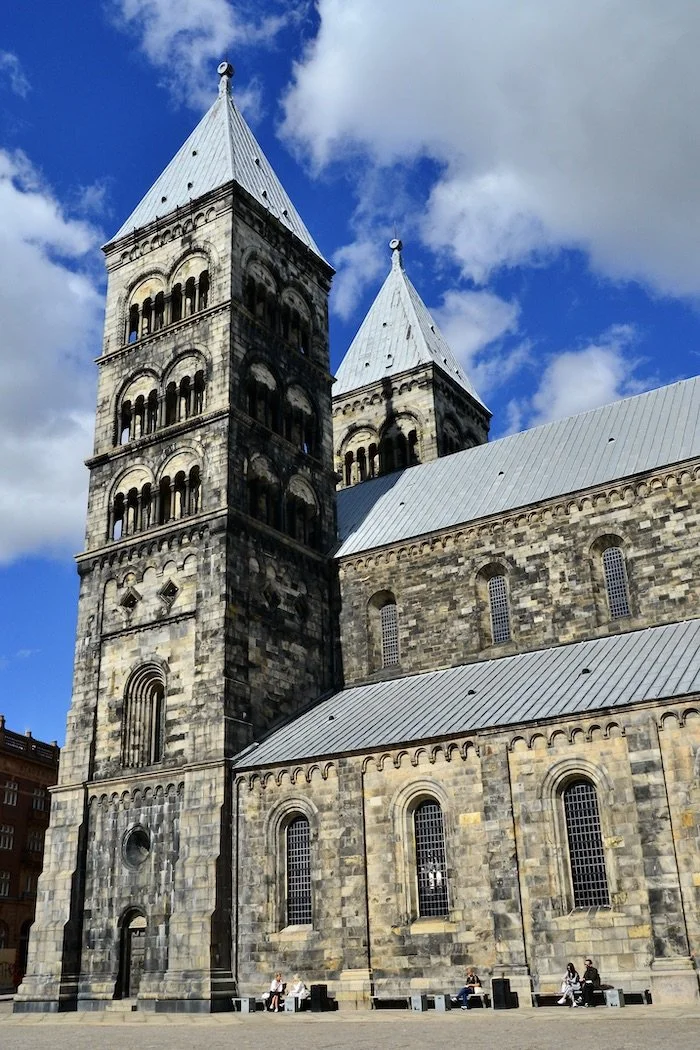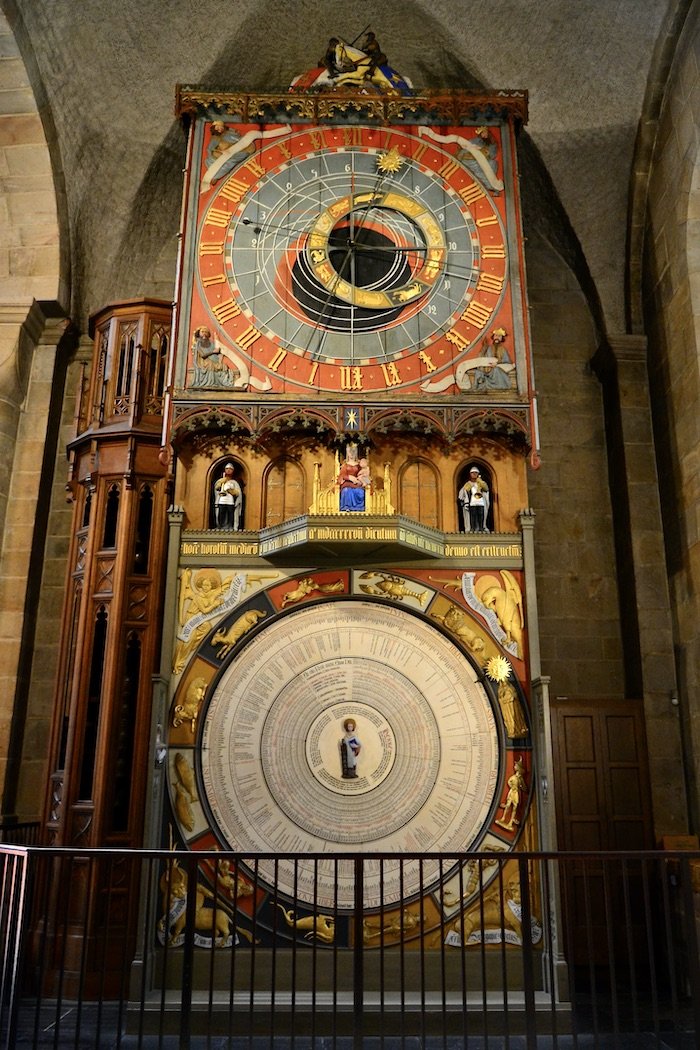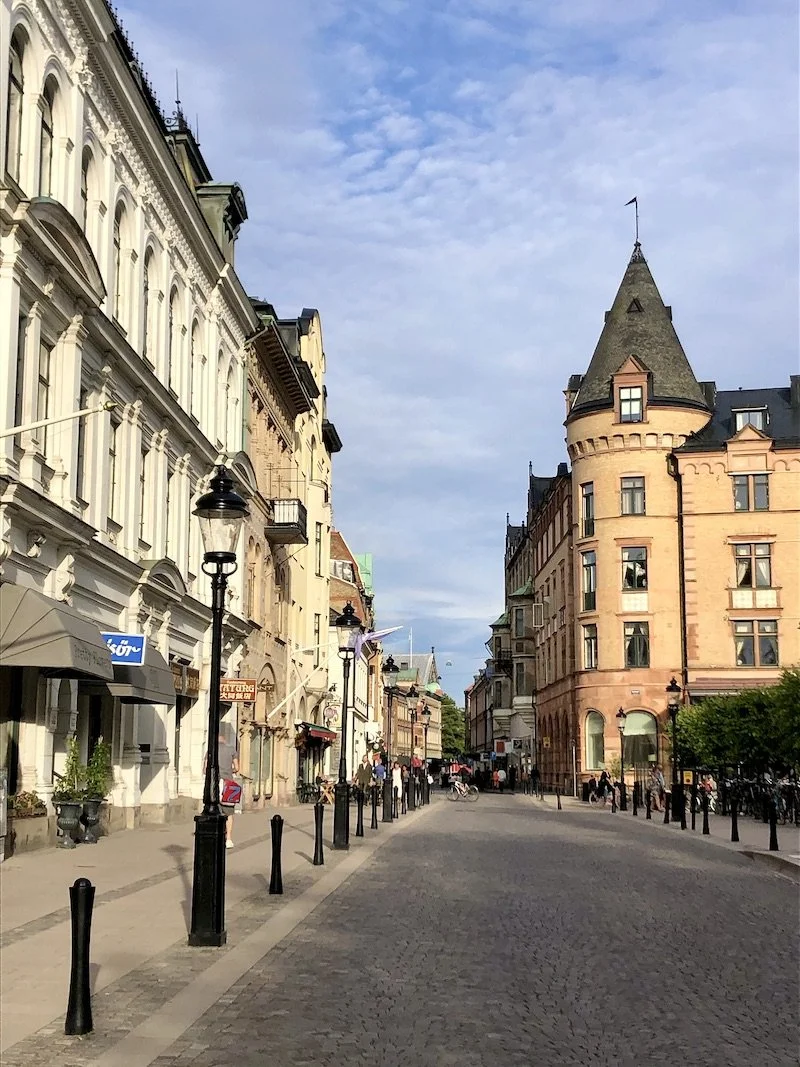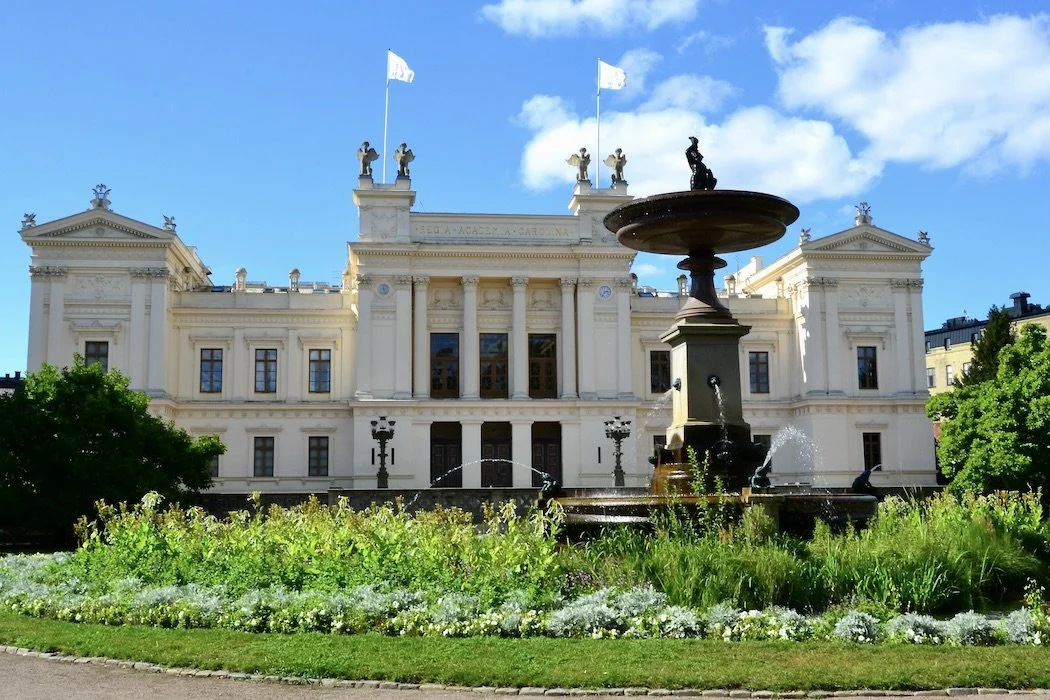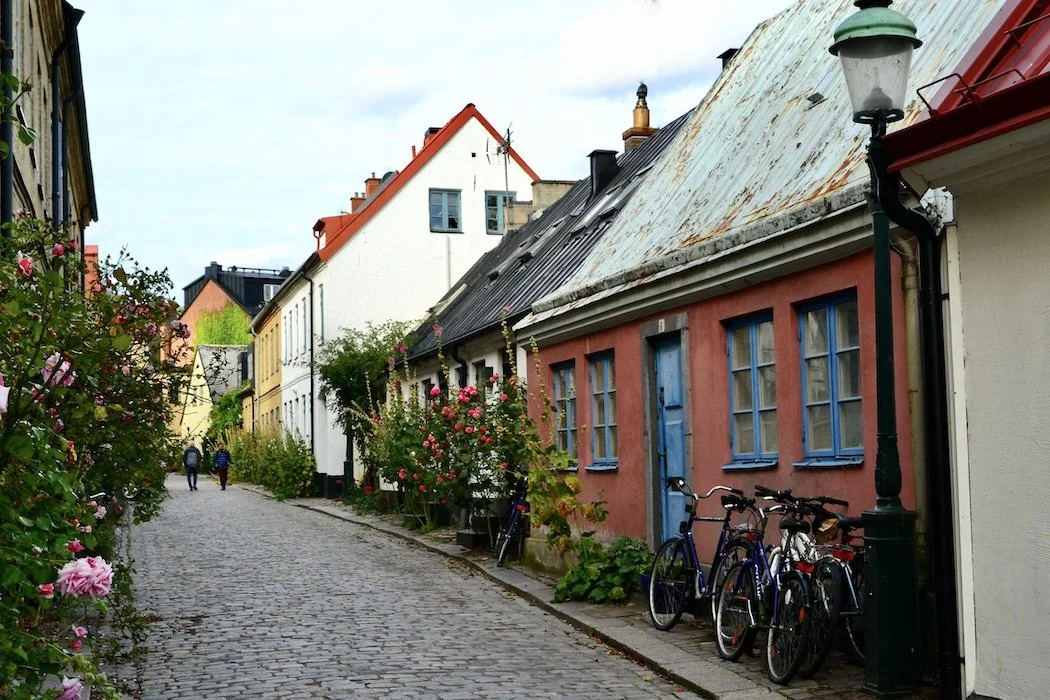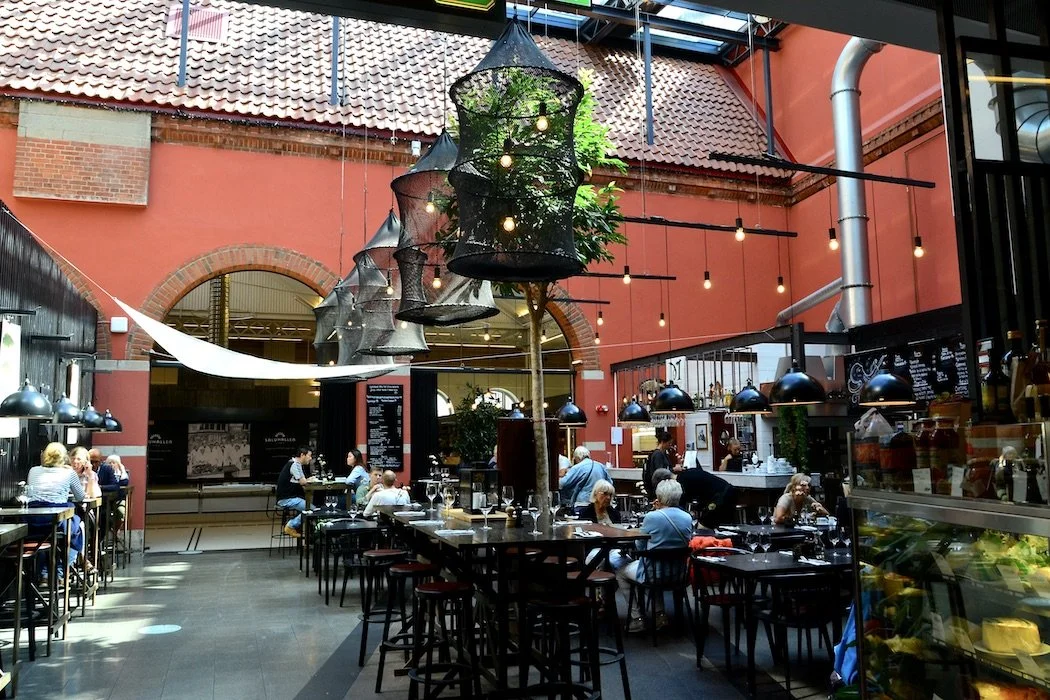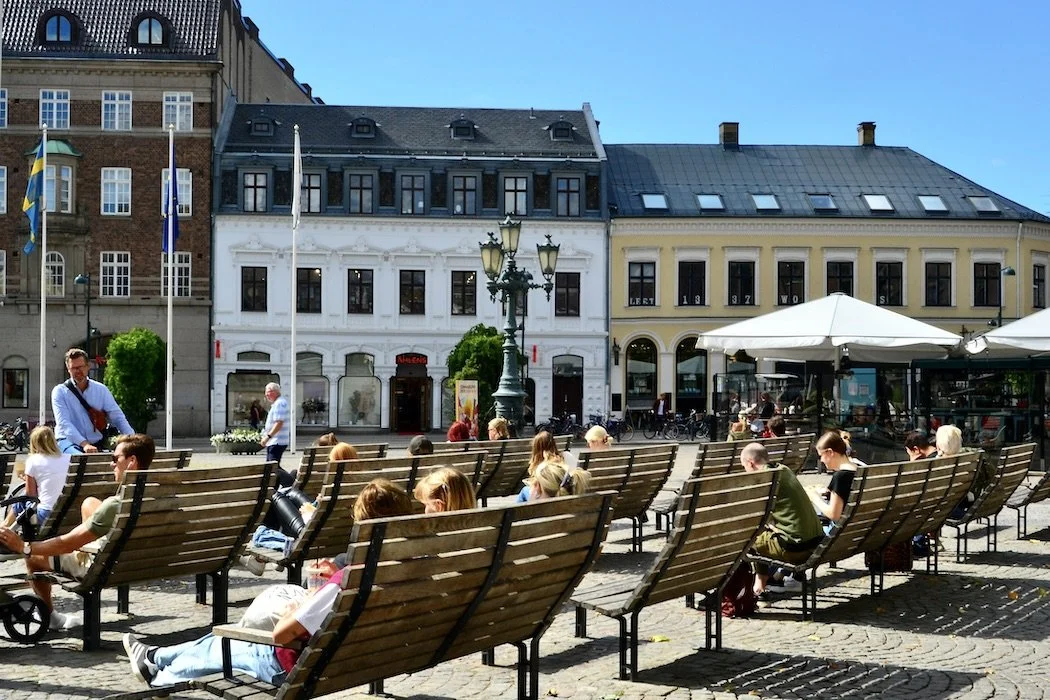Overlooked Lund on Foot
In Lund’s Botanical Gardens
“…often overlooked by tourists but (with) a beautiful historic center and a lively yet chilled-out atmosphere.” – Gino D’Acampo
The ancient town of Lund is one of Sweden’s very oldest, founded by Danish King Sweyn Forkbeard around 990 during the long era when the southern region of Scania was part of Denmark. This city of contrasts effortlessly blends old with new. The tradition stems from its origins as an important medieval spiritual center and home to the oldest university in Scandinavia, while innovation is evidenced in the doubling of Lund’s population in the 2nd half of 20C as a result of booming biotech and IT industries. Far from the capital of Stockholm, this lively yet chilled-out small city is often overlooked by travelers.
Lund is defensively located on a hill on the east coast of the Øresund straight with a view from atop St. Hans Hill over the water to Copenhagen 10km (6.2 miles) away. The charming inner-city follows a medieval plan with cobblestone streets and four main squares, each interesting in its own way. Everything is close at hand in Lund, which strives to be a green city, so wandering the streets on foot is the best way to discover its secrets. Lining narrow lanes, the still lived-in and meticulously maintained one- and two-story cottages are brightly painted. Small independent shops and countless cafes and coffee bars clearly cater to students and young professionals who bestow the city with an underlying youthful vibe.
Built by King Canute in 1090 along with a cathedral school to celebrate the conversion of Scania to Christianity, Lund Cathedral is a Romanesque marvel. Quickly, Lund became the seat of the archbishop and the heart of the pilgrim route between Santiago de Compostela in Spain and Nidaros in Trondheim, Norway. Inside the massive church, a stunning astronomical clock has measured time and displayed the phases of the moon as well as important events since 1425. Twice daily, figures of the Three Wise Men emerge, while a medieval hymn plays, and then revolve around the Virgin and Child. The crypt contains many elements that haven’t been altered in 900 years, including Finn the Giant of local legend.
The university buildings are set near the cathedral around the Lundagård, a peaceful park-like quadrangle. The institution evolved from a 15th-century academy into a reputable university in the course of 200 years and it is now a leading Nordic research institution. One of the more colorful traditions to emerge from university life is the very popular student-driven carnival, held every 4 years since 1849.
En route to the botanical garden, the Kulturen open-air museum preserves historic buildings, where old trades and daily life continue as before industrialization. In the enchanting Botanical Garden, the early autumn seasonal display features an abundance of dahlias of all imaginable sizes and colors. A greenhouse and a café next to the tranquil lake complete the experience. Flowers also accompany a walk through the narrow, crooked streets, where stunning roses have taken over from the hollyhocks of summer that are seeding themselves for another season.
Don’t miss:
Seeing the astrological clock move and hearing the hymn at noon or 3 PM daily.
Serendipity:
Finding the unexpected: Wandering into the Grand Hotel for a bite to eat and being greeted by stunning stained-glass windows of flowers and discovering an intricately patterned wrought-iron spiral staircase.
Lunch Tip:
Gambrinus Bistro in the Grand Hotel for delicious local food in a relaxed atmosphere.
Subscribe for inspiration to have my posts drop directly into your inbox. *If you enjoyed what you read, please share this post with like-minded travelers.*
*All photographs are mine, taken with my Nikon D3100 or iPhone 8.*

